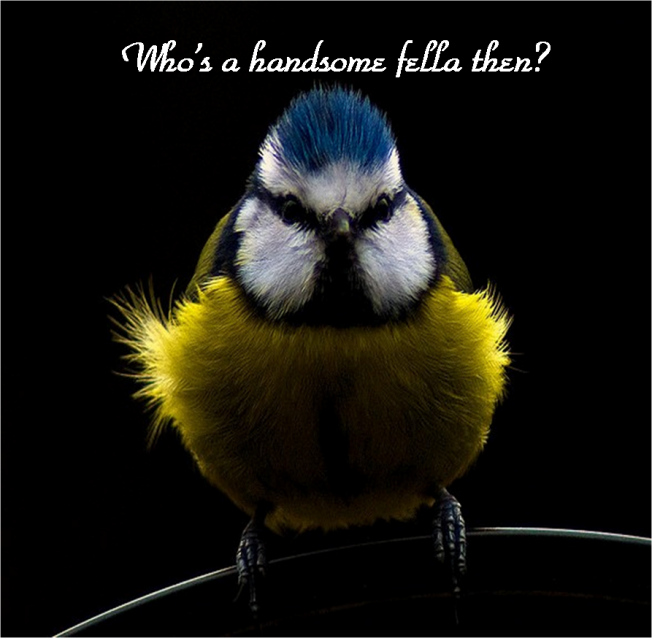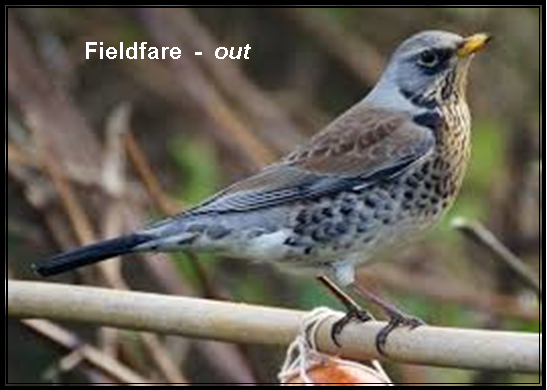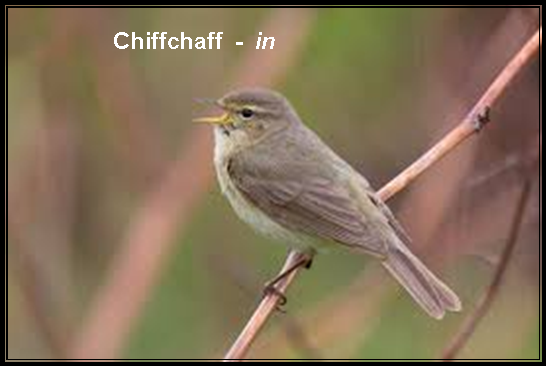East Farleigh has links with Sir Thomas More’s family – More was Henry VIII’s Chancellor and the subject of the film ‘A Man for All Seasons’ - and March is the month when we can hear ‘Birds for All Seasons’, as well as single-season visitors, around his daughter’s former home at Gallants Manor in Gallants Lane.
Our resident birds, like blackbirds and great tits, are all noisily advertising their readiness to breed. Females are being invited to share the males’ territory and help raise his young.

But it’s not all one-sided: like humans, the female is looking beyond a flashy-sounding song. She is searching for signs of health (the bright yellows of the male blackbird is an indication he has a good immune system) and a territory with secure nest sites and plentiful food (how many safe nest holes and potential caterpillars are on offer for the female great tit?). Scientists think, for example, that the colour of the male blue tit’s crown indicates the quality of the territory he controls: blue tits’ vision extends into the ultra-violet range so females really can spot the difference.
At the same time, on your walk through the village orchards, you’ll hear noisy winter visitors like fieldfares (a larger relative of blackbirds and thrushes) still ‘chak-chaking’ among the remaining apples. They are fattening-up in preparation for their return flight to Scandinavia – running out of energy halfway across the North Sea will put an end to their chances of raising a family.
As they leave, our first summer songbirds begin to arrive. In fact, as I write this on the last weekend of February, swallows and house martins have already been recorded in southern Europe, so they are well on their way back from their winter quarters in South Africa.


One of the first birds to arrive in the village is usually the chiffchaff. Males will start returning before the end of the month to lay claim to the best territories and advertise the fact with their incessant “chiff-chaff, chiff-chaff” song. They also need to feed voraciously on still-scarce insects to replace their reserves after the long flight from Africa. Like the blackbirds and great tits, they too need to look their best to impress the females who arrive a week or two later.
But as I remarked in last month’s Farleigh Feathers, winter isn’t yet over; in the coming week we can expect really cold weather, with probably snow, blowing in from the north-east. This will restrict the early migrants to southern Europe for a while longer, but spells potential disaster for our small resident birds. They have just about exhausted the natural larder of seeds and insects, without which they will struggle to lay down enough fat to see them through the freezing nights. So they will depend more than ever on your garden feeders being kept topped-up with high calorie food (bread just won’t ‘cut the mustard’). If you run out of sunflower hearts or fatballs, a handful of porridge oats is always a good standby. They will also find unfrozen water difficult to come by; they need it just as much as we do, so keeping the birdbath free of ice could be a life-saver.







Make A Comment
Comments (4)
Keep up the good work, so nice to hear what's happening.
Regards John Smitherman
I have a small feeder
I've noticed the wood pigeons pecking at vine leaves, are they eating the leaves or what?